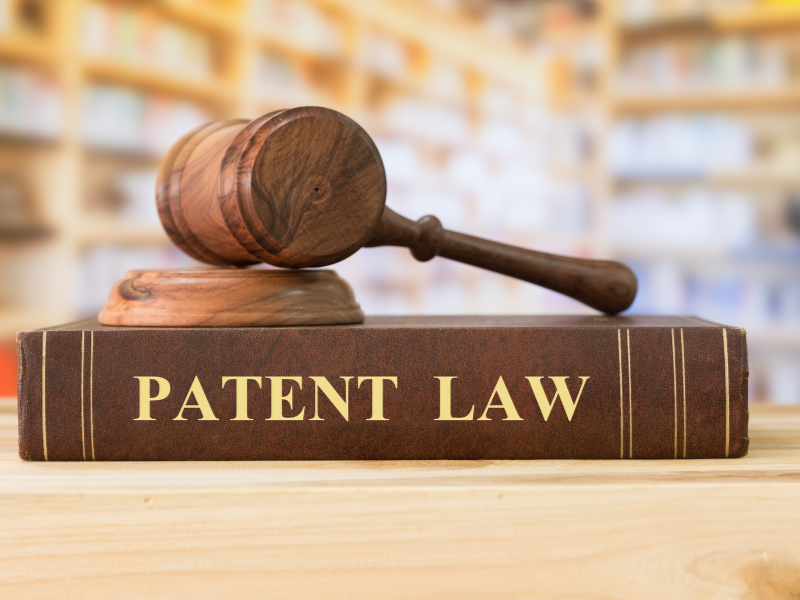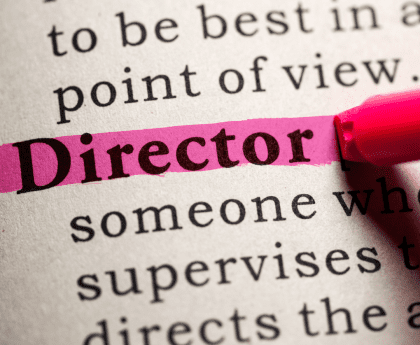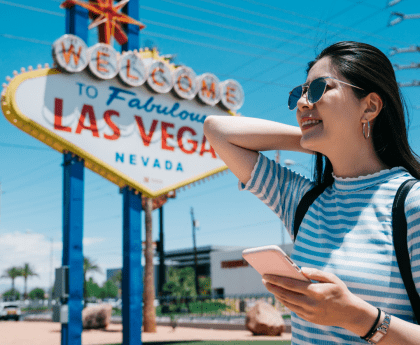Understanding the Nuances of Patent Licensing: Carrots and Sticks
Introduction
The world of intellectual property is a complex web of legal rights and opportunities, and patent licensing plays a pivotal role in this landscape. Patents grant their owners the exclusive right to prevent others from using their patented inventions, and while owning a patent is a valuable asset, it doesn’t necessarily mean the patent owner will put the invention to practical use. This is where patent licensing comes into play, allowing patent owners to share their innovation with others while also reaping the benefits. In this article, we will explore the different facets of patent licensing, including the classification into exclusive and non-exclusive licenses, as well as the strategies behind “carrot” and “stick” licensing approaches.
Understanding Patent Licenses
Exclusive License:
An exclusive license is a comprehensive agreement where the patent owner transfers all rights associated with the patent to the licensee, retaining only the title to the patent itself. Essentially, the licensee steps into the shoes of the patent owner, gaining the right to sublicense the patent and even sue for patent infringement. However, exclusivity can be limited by defining a specific field of use, ensuring that the patent won’t be licensed to anyone else in that particular domain.Non-Exclusive License:
In contrast, a non-exclusive license is an agreement where the patent owner promises not to sue the licensee for patent infringement. This type of license doesn’t necessarily guarantee freedom to operate in the protected space, as the licensee’s products may still infringe upon other patents. It’s crucial for licensees to conduct thorough patent searches to ensure they are not inadvertently infringing on other patents.The “Carrot” and “Stick” Approaches
Patent licensing can be seen as either a “carrot” or a “stick” approach, depending on the circumstances:
Carrot License:
The “carrot” approach is suitable when the prospective licensee is not currently using the patented technology and is under no legal compulsion to obtain a license. In this scenario, the value proposition is clear: “By licensing my patented technology, you can enhance your products’ quality, reduce costs, or improve profitability.” Convincing the prospective licensee to take a license is primarily a marketing exercise, showcasing the benefits of adopting the technology.Stick License:
Conversely, the “stick” approach comes into play when the prospective licensee is already using the patented technology, thus infringing upon the patent. Here, the value proposition takes a different tone: “Obtain a license or face potential litigation.” This approach essentially employs the threat of legal action as leverage to compel the licensee to comply. It’s important to note that every “carrot” license inherently carries the implicit threat of litigation because, without that potential consequence, why would anyone choose to license a patent?Payment for Patent Licensing
When a larger company agrees to license a patent, the payment structure often involves a lump-sum payment. This payment encompasses both the past use of the patent, if applicable, and future use of the patent based on the estimated sales of the accused product over the remaining life of the patent. This ensures that the patent owner is compensated for the infringement that has already occurred and continues to receive royalties for the authorized use of the patented technology.
Registration
Before embarking on the patent licensing journey, it’s crucial to ensure your patent is registered correctly. Here are the primary steps for patent registration:
Patent Search:Conduct a thorough search to verify that your invention is truly novel and doesn’t infringe on existing patents. This step helps you avoid potential legal disputes in the future.
Provisional Patent Application:Consider filing a provisional patent application. While this doesn’t grant patent rights, it establishes a priority date and gives you one year to prepare and file a non-provisional patent application.
Non-Provisional Patent Application:File a non-provisional patent application, which includes a detailed description of your invention, claims, and drawings. The application will be examined by a patent office, which may result in the grant of a patent.
Documents Checklist
When pursuing a patent license, you’ll need a set of documents to facilitate the process. Here’s a checklist of essential documents:
Copy of the Patent:A copy of the issued patent or the pending patent application.
Licensing Agreement: A detailed licensing agreement outlining the terms and conditions of the license, including exclusivity, field of use, duration, royalties, and any other relevant provisions.
Financial Terms:Information about the financial arrangement, including royalty rates, upfront fees, and payment schedules.
Infringement Analysis: If applicable, an analysis demonstrating how the prospective licensee’s product infringes on your patent.
Business Plan:An overview of your business or technology, highlighting its commercial potential and the benefits of licensing.
Market Research:Data on the market demand, competition, and potential market share of your patented technology.
Technical Documentation: Detailed technical specifications, drawings, and any additional information necessary for the licensee to understand and utilize your technology.
How to Apply
Once you have gathered the necessary documents and are ready to proceed with patent licensing, follow these steps:
Identify Potential Licensees: Identify companies or individuals who may benefit from your patented technology and reach out to them.
Negotiate Terms:Engage in negotiations to agree on the terms of the licensing agreement, including financial arrangements and any other relevant clauses.
Draft the Licensing Agreement:With the assistance of legal counsel, draft a comprehensive licensing agreement that protects your interests and clearly defines the rights and responsibilities of both parties.
Execute the Agreement: Once both parties are satisfied with the terms, sign the licensing agreement.
Procedure
The patent licensing procedure typically involves the following steps:
Due Diligence:The prospective licensee may conduct due diligence to verify the validity and value of the patent and the capabilities of the licensor.
Negotiation:Negotiate the terms of the licensing agreement, including exclusivity, royalty rates, upfront payments, and any other relevant provisions.
Legal Review: Seek legal counsel to review and finalize the licensing agreement to ensure it complies with relevant laws and adequately protects your interests.
Execution: Both parties sign the licensing agreement, legally binding them to its terms.
Implementation:The licensee may start using the patented technology according to the terms of the agreement. This could involve payment of royalties or other financial arrangements.
Licensing
Licensing can take various forms, including:
Exclusive License: The licensee gains exclusive rights to use and often sublicense the patented technology in a specified field of use, and the licensor cannot grant licenses to others in that field.
Non-Exclusive License: Multiple licensees can use the patented technology simultaneously, with no exclusivity granted to any particular licensee.
Field-of-Use License:A hybrid approach, where exclusivity is granted within specific fields while allowing non-exclusive licensing in others.
Conclusion
Patent licensing is a multifaceted process that can take on various forms and strategies. Whether it’s through exclusive or non-exclusive licenses, or the “carrot” and “stick” approaches, it serves as a means for patent owners to leverage their innovations for financial gain while allowing others to benefit from their intellectual property. As the world of intellectual property continues to evolve, understanding the intricacies of patent licensing is crucial for businesses and inventors alike. To delve even deeper into this subject, interested readers may refer to the book “Essentials of Licensing Intellectual Property” by Alexander Poltorak and Paul Lerner, which provides a comprehensive exploration of the world of licensing in the realm of intellectual property.




